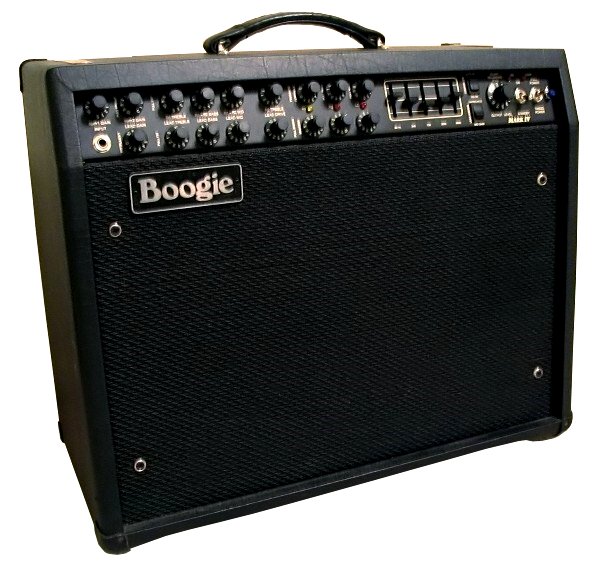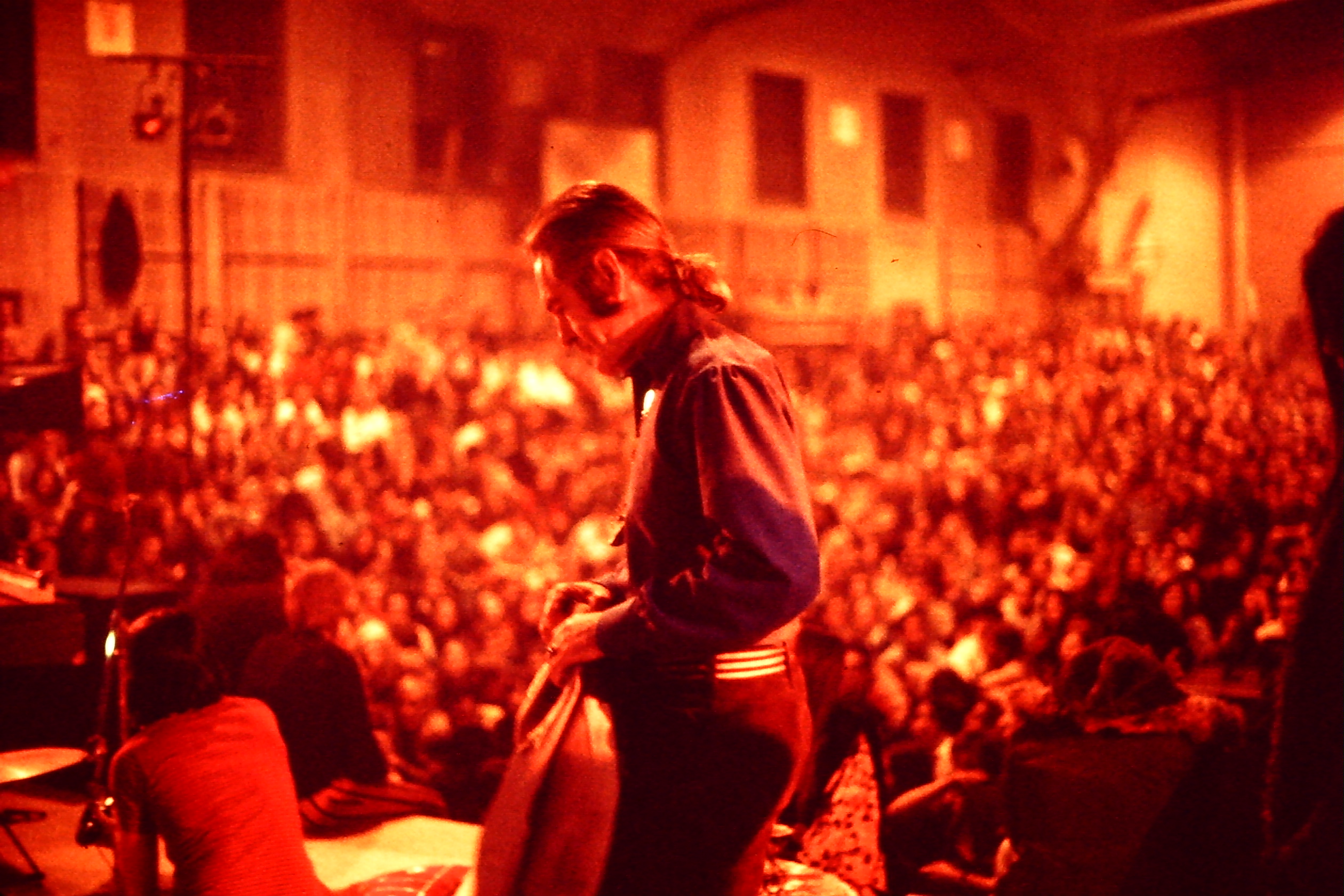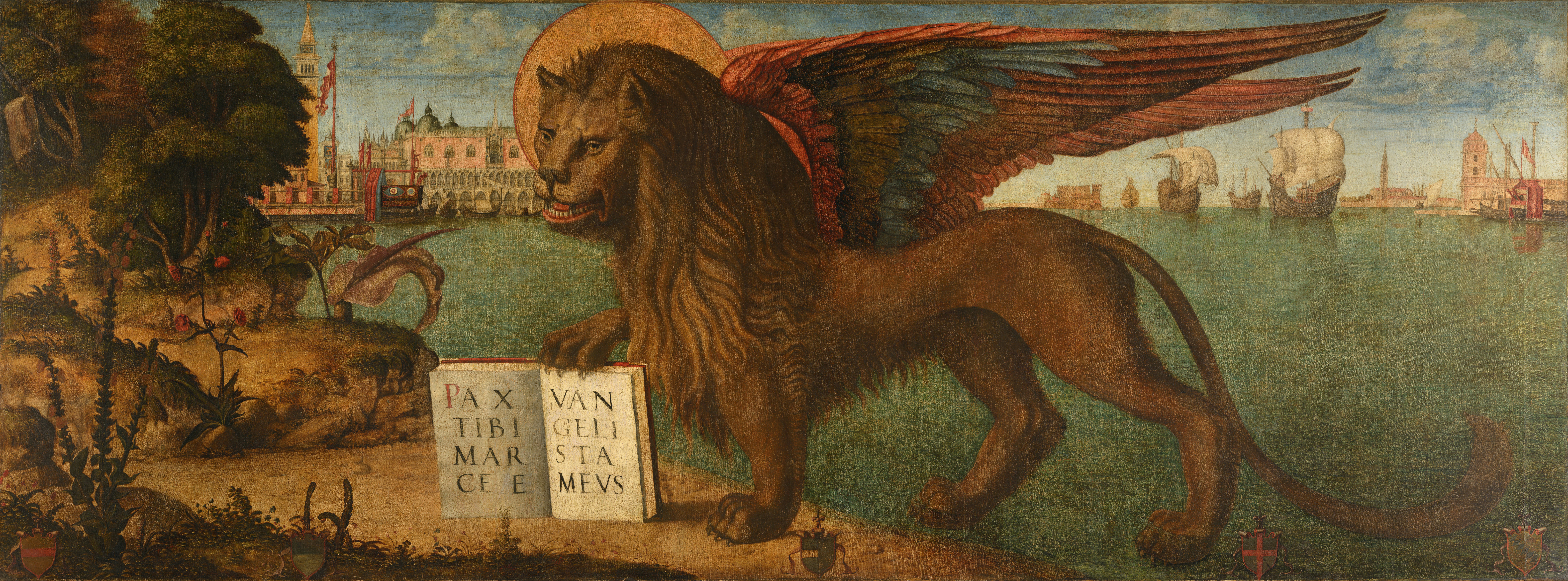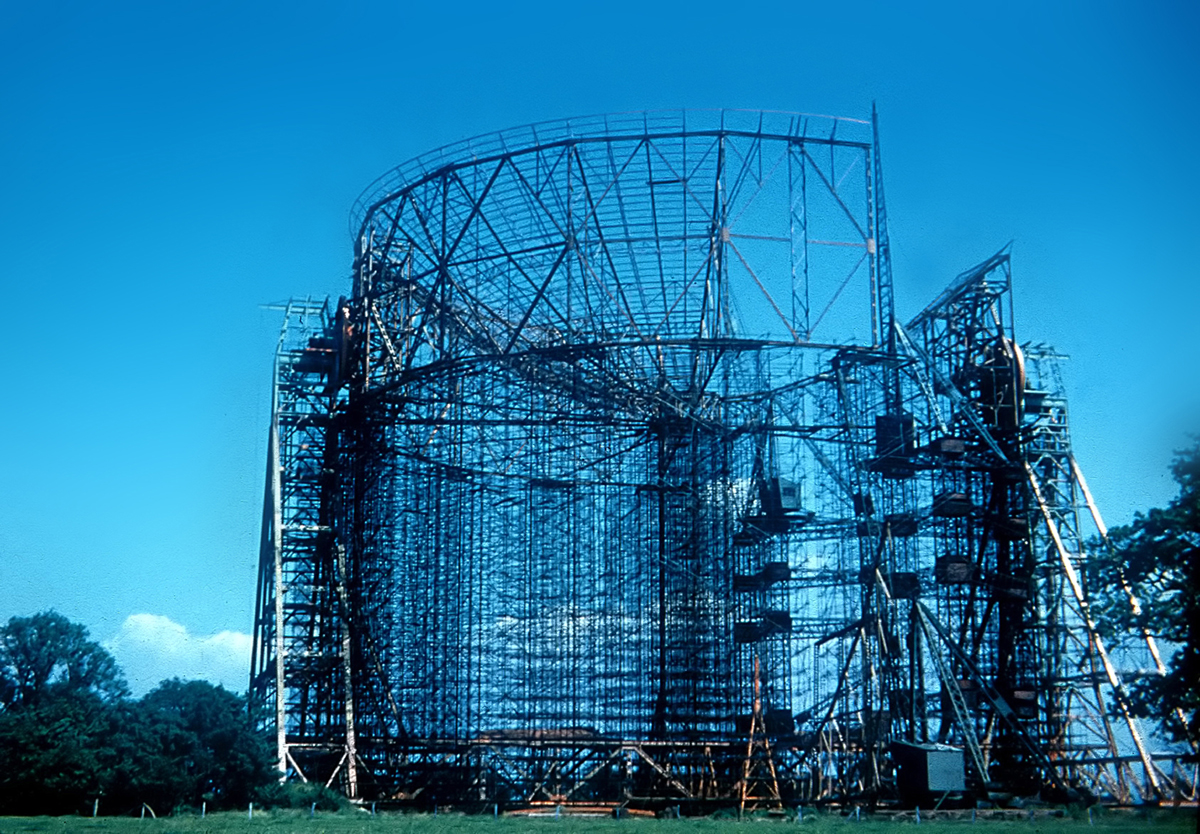|
Mark I
Mark I or Mark 1 often refers to the first version of a weapon or military vehicle, and is sometimes used in a similar fashion in civilian product development. In some instances, the Arabic numeral "1" is substituted for the Roman numeral "I". "Mark", meaning "model" or "variant", can itself be abbreviated "Mk." It may refer to: Military and weaponry *Mark I tank (1916), the first tank to be used in combat *Mk 1 grenade, the first American-designed grenade used by American forces in World War I *Mark I trench knife, a combat knife carried by US forces after World War I * Supermarine Spitfire Mk I (1938), Royal Air Force fighter aircraft * Mark I Fire Control Computer, United States Navy fire control computer used in World War II surface ships * Mark I Nuclear Weapon (Little Boy), first nuclear weapon used in combat *The Mark I NAAK, an auto-injector carried by military personnel for use in case of nerve agent attacks *Patrol Boat, River ("Mark I PBR", 1966), 31-foot version of ... [...More Info...] [...Related Items...] OR: [Wikipedia] [Google] [Baidu] |
Arabic Numerals
The ten Arabic numerals (0, 1, 2, 3, 4, 5, 6, 7, 8, and 9) are the most commonly used symbols for writing numbers. The term often also implies a positional notation number with a decimal base, in particular when contrasted with Roman numerals. However the symbols are also used to write numbers in other bases, such as octal, as well as non-numerical information such as trademarks or license plate identifiers. They are also called Western Arabic numerals, Western digits, European digits, Ghubār numerals, or Hindu–Arabic numerals due to positional notation (but not these digits) originating in India. The ''Oxford English Dictionary'' uses lowercase ''Arabic numerals'' while using the fully capitalized term ''Arabic Numerals'' for Eastern Arabic numerals. In contemporary society, the terms ''digits'', ''numbers'', and ''numerals'' often implies only these symbols, although it can only be inferred from context. Europeans first learned of Arabic numerals , though their spread ... [...More Info...] [...Related Items...] OR: [Wikipedia] [Google] [Baidu] |
Manchester Mark 1
The Manchester Mark 1 was one of the earliest stored-program computers, developed at the Victoria University of Manchester, England from the Manchester Baby (operational in June 1948). Work began in August 1948, and the first version was operational by April 1949; a program written to search for Mersenne primes ran error-free for nine hours on the night of 16/17 June 1949. The machine's successful operation was widely reported in the British press, which used the phrase "electronic brain" in describing it to their readers. That description provoked a reaction from the head of the University of Manchester's Department of Neurosurgery, the start of a long-running debate as to whether an electronic computer could ever be truly creative. The Mark 1 was to provide a computing resource within the university, to allow researchers to gain experience in the practical use of computers, but it very quickly also became a prototype on which the design of Ferranti's commercial version coul ... [...More Info...] [...Related Items...] OR: [Wikipedia] [Google] [Baidu] |
Mark One (other) , including Mark 1, Mk.1, Mk.I
{{disambiguation ...
Mark One may refer to: * MK One, fashion retailer, formerly known as Mark One * MRK1, musician * Mark One Foods, makers of Candwich See also * * * * *Mark I (other) Mark I or Mark 1 often refers to the first version of a weapon or military vehicle, and is sometimes used in a similar fashion in civilian product development. In some instances, the Arabic numerals, Arabic numeral "1" is substituted for the Rom ... [...More Info...] [...Related Items...] OR: [Wikipedia] [Google] [Baidu] |
Deep Purple
Deep Purple are an English rock band formed in London in 1968. They are considered to be among the pioneers of heavy metal music, heavy metal and modern hard rock, although their musical style has varied throughout their career. Originally formed as a psychedelic rock and progressive rock band, they shifted to a heavier sound with their 1970 album ''Deep Purple in Rock''. Deep Purple have been referred to as being part of the "unholy trinity of British hard rock and heavy metal in the early to mid-'70s", alongside Led Zeppelin and Black Sabbath. Listed in the 1975 ''Guinness World Records, Guinness Book of World Records'' as "Loudest band, the globe's loudest band" for a 1972 concert at London's Rainbow Theatre, they have sold over 100 million records worldwide. Deep Purple have also generated several successful spinoff bands, including Rainbow (rock band), Rainbow, Whitesnake, and Gillan (band), Gillan. Deep Purple were founded by vocalist Rod Evans, guitarist Ritchie Bla ... [...More Info...] [...Related Items...] OR: [Wikipedia] [Google] [Baidu] |
Iron Man's Armor
Iron Man's armor is a fictional powered exoskeleton appearing in American comic books published by Marvel Comics. It is built and worn by billionaire Tony Stark when he assumes the identity of the superhero Iron Man. The first armor was created in-story by Stark and Ho Yinsen, and was designed by artist Jack Kirby, first appearing in '' Tales of Suspense'' #39 (March 1963). In the fictional multiverse, the appearance of Stark's armor has changed over the years. Stark has modified or optimized the armor to adapt to specific situations. As various artists have depicted Iron Man and his armor, its appearance has changed over time. Overview Stark's suits are each unique in design and purpose. They are made of incredibly strong, fictional materials bolstered by a force field. Every suit has a self-contained environment, assorted onboard weapons systems, enhanced strength, thruster-aided flight, and various communications arrays and sensors, such as radar and radio. Creation ... [...More Info...] [...Related Items...] OR: [Wikipedia] [Google] [Baidu] |
Mesa Boogie Mark Series
The Mesa/Boogie Mark Series is a series of guitar amplifier made by Mesa Boogie, Mesa Engineering (more commonly known as "Mesa/Boogie"). Originally just referred to as "Boogies", the product line took on the moniker "Mark Series" as newer revisions were put into production. The Mark Series amplifier was Mesa's flagship product until the introduction of the Mesa/Boogie Rectifier, Rectifier series, and the amplifiers are collectable. Mark I Randall Smith began Mesa/Boogie with a practical joke: he borrowed a Fender Princeton (a small 12-watt amplifier) from his friend, Barry Melton of Country Joe and the Fish, and "hotrodded" it by replacing the amplifier section with a powerful Fender Bassman amp and installing a 12-inch speaker instead of the original 10-inch. The resulting amplifier proved to be loud and successful, and Smith made more than 200 of these Princeton "Boogies" - a name allegedly provided by Carlos Santana, who is to have exclaimed "Man, that little thing really boog ... [...More Info...] [...Related Items...] OR: [Wikipedia] [Google] [Baidu] |
Visual Inspection
Visual inspection is a common method of quality control, data acquisition, and data analysis. Visual Inspection, used in maintenance of facilities, mean inspection of equipment and structures using either or all of raw human senses such as vision, hearing, touch and smell and/or any non-specialized inspection equipment. Inspections requiring Ultrasonic, X-Ray equipment, Infrared, etc. are not typically regarded as visual inspection as these Inspection methodologies require specialized equipment, training and certification. Quality control A study of the visual inspection of small integrated circuits found that the modal duration of eye fixations of trained inspectors was about 200 ms. The most accurate inspectors made the fewest eye fixations and were the fastest. When the same chip was judged more than once by an individual inspector the consistency of judgment was very high whereas the consistency between inspectors was somewhat less. Variation by a factor of six in inspectio ... [...More Info...] [...Related Items...] OR: [Wikipedia] [Google] [Baidu] |
Tomorrow Never Knows
"Tomorrow Never Knows" is a song by the English rock band the Beatles, written primarily by John Lennon and credited to Lennon–McCartney. It was released in August 1966 as the final track on their album ''Revolver'', although it was the first song recorded for the LP. The song marked a radical departure for the Beatles, as the band fully embraced the potential of the recording studio without consideration for reproducing the results in concert. When writing the song, Lennon drew inspiration from his experiences with the hallucinogenic drug LSD and from the 1964 book '' The Psychedelic Experience: A Manual Based on the Tibetan Book of the Dead'' by Timothy Leary, Richard Alpert and Ralph Metzner. The Beatles' recording employed musical elements foreign to pop music, including musique concrète, avant-garde composition and electro-acoustic sound manipulation. It features an Indian-inspired modal backing of tambura and sitar drone and bass guitar, with minimal harmonic ... [...More Info...] [...Related Items...] OR: [Wikipedia] [Google] [Baidu] |
Patriarch Mark I
Mark the Evangelist ( Koinē Greek: Μᾶρκος, romanized: ''Mârkos''), also known as John Mark ( Koinē Greek: Ἰωάννης Μᾶρκος, romanized: ''Iōánnēs Mârkos;'' Aramaic'': ܝܘܚܢܢ, romanized: Yōḥannān'') or Saint Mark, was the person who is traditionally ascribed to be the author of the Gospel of Mark. Most modern Bible scholars have concluded that the Gospel of Mark was written by an anonymous author rather than an identifiable historical figure, though the topic remains contentious among experts. According to Church tradition, Mark founded the episcopal see of Alexandria, which was one of the five most important sees of early Christianity. His feast day is celebrated on April 25, and his symbol is the winged lion. Identity According to William Lane (1974), an unbroken tradition identifies Mark the Evangelist with John Mark, and John Mark as the cousin of Barnabas. However, Hippolytus of Rome, in ''On the Seventy Apostles'', distinguishe ... [...More Info...] [...Related Items...] OR: [Wikipedia] [Google] [Baidu] |
Mark 1
Mark 1 is the first chapter of the Gospel of Mark in the New Testament of the Christian Bible. It recounts the proclamation of John the Baptist, the baptism of Jesus Christ, his temptations and the beginning of his ministry in Galilee. Text The original text was written in Koine Greek. This chapter is divided into 45 verses. Textual witnesses Some early manuscripts containing the text of this chapter are: *Papyrus 137 (2nd/3rd century; extant verses 7–9, 16–18) *Codex Vaticanus (325–350; complete) *Codex Sinaiticus (330–360; omit verse 33) *Codex Bezae (~400; complete) *Codex Washingtonianus (~400; complete) *Codex Alexandrinus (400–440; complete) *Codex Ephraemi Rescriptus (~450; extant verses 18–45) Opening (verse 1) : ''The beginning of the gospel of Jesus Christ, the Son of God;'' The opening verse of the Gospel of Mark sets out Mark's belief right from the start: Anglican Bishop N T WTom Wright describes this verse as "a great way to start". American acad ... [...More Info...] [...Related Items...] OR: [Wikipedia] [Google] [Baidu] |
Lovell Telescope
The Lovell Telescope ( ) is a radio telescope at Jodrell Bank Observatory, near Goostrey, Cheshire, in the north-west of England. When construction was finished in 1957, the telescope was the largest steerable dish radio telescope in the world at in diameter; it is now the third-largest, after the Green Bank Telescope, Green Bank telescope in West Virginia, United States, and the Effelsberg 100-m Radio Telescope, Effelsberg telescope in Germany. It was originally known as the "250 ft telescope" or the Radio Telescope at Jodrell Bank, before becoming the Mark I telescope around 1961 when future telescopes (the Mark II (radio telescope), Mark II, Mark III (radio telescope), III, and IV) were being discussed.Lovell, ''The Jodrell Bank Telescopes'' It was renamed to the Lovell Telescope in 1987 after Sir Bernard Lovell, and became a Grade I listed building in 1988. The telescope forms part of the MERLIN and European VLBI Network arrays of radio telescopes. Both Bernard Lovell and Ch ... [...More Info...] [...Related Items...] OR: [Wikipedia] [Google] [Baidu] |
GE BWR
General Electric's BWR product line of boiling water reactors represents the designs of a relatively large (~18%) percentage of the commercial fission reactors around the world. The progenitor of the BWR line was the 5 MW Vallecitos Boiling Water Reactor (VBWR), brought online in October 1957. Six design iterations, BWR-1 through BWR-6, were introduced between 1955 and 1972. This was followed by the Advanced Boiling Water Reactor (ABWR) introduced in the 1990s and the Economic Simplified Boiling Water Reactor (ESBWR) introduced in the early 2010s. As of August 2018, 83 reactors of this design family have been built, of which 67 reactors are operational. The design garnered world attention in the aftermath of the INES level 7 Fukushima Daiichi nuclear disaster of 11 March 2011. GE had been a major contractor to the Fukushima Daiichi Nuclear Power Plant in Japan, which consisted of six boiling water reactors of GE design. The reactors for Units 1, 2, and 6 were supplied by Gen ... [...More Info...] [...Related Items...] OR: [Wikipedia] [Google] [Baidu] |






